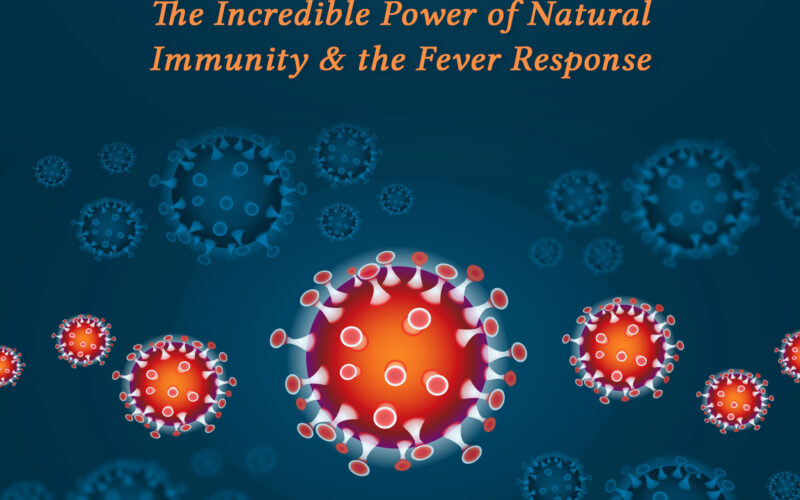Hyperthermia and the Immune Response
Hyperthermia (HT) makes the immune system become actively engaged against tumours. Yes, HT actually induces anti-tumour immunity, creating a type of “personalized” treatment approach. One of the most eloquent papers summarizing the known immune responses to HT was just accepted for publication March 2012 (Frey B, Weiss EM, et al. Old and new facts about hyperthermia-induced modulations of the immune system. Int. J. Hyperthermia, 2012, 1–15, Early Online).
When discussing HT, we are discussing a treatment that can kill cancer cells through several mechanisms, makes chemotherapy and radiotherapy work better, and stimulates an immune attack against the targeted lesion(s). In this post, I will endeavor to provide an overview of the immune responses described in Frey’s paper.
First some basics…
- Since the time of Dr. William Coley, researchers have been trying to find the optimal “vaccine” with which to treat cancers. If only we could think of a way to get the immune system to attack the tumour itself. The search for the ideal bug or autologous (made from self) vaccine is now at a frenzied pace, for good reason.
- Treatments such as dendritic cell vaccines, tumour-specific vaccines, and the various viruses and bacteria injected into patients; have been in use for decades. Since this idea of recruiting one’s own immune system to attack the tumour makes all the sense in the world.
- Immune stimulation by the use of HT treatment for malignancies requires minimum temperatures of 40 to 41 ℃, and for adequate amounts of time (known as the Arrhenius Relationship). Please note that all reference to HT treatment of cancer hereafter assumes optimized temperatures and times.
- For the understanding of this post, it is critical to know that there can be two types of immune response:
- Innate – immune response that is non-specific, generalized and immediate.
- Adaptive – immune response that is specific and targeted with cells that have been “educated” for a specific target.
Enter HT…
- Heated tumour cells develop damaged and unfolded proteins on their surfaces which make these cells recognizable by the innate immune system
- These damaged proteins on the cell surfaces of tumour cells look very different than healthy cells, which alarms the immune system
- Innate cells (such as Natural killer cells (NK) and granulocytes) are immediately sent to the tumour, recognizing these damaged and unfolded proteins
- These NK cells and macrophages then activate dendritic cells (DC)
- DC’s present the heat damaged proteins “collected” by the NK cells and macrophages to T cells (from the Adaptive Immune System)
- HT also promotes the maturing and migration of these DCs to the lymph nodes
- In the lymph nodes the T cells become “activated” or “educated” against these unfolded proteins on heated cancer cells (in a MHC-dependent manner for my fellow molecular biology buffs)
- The activated T cells are called Cytotoxic T Lymphocytes which attack and kill tumour cells
- This immune response is probably the main reason for the “bystander effect” or “Abscopal effect” of HT; Improvements to tumours in distant areas from the treatment site, noted in many HT studies
These HT-induced immune responses against the tumour has this paper calling HT “in situ tumour vaccination.” The point is that heat makes cancer cells look distinct from healthy cells, and attract an immune response that is both immediate and long-lasting. This is exciting and incredibly interesting to me. I hope this leads to further interest in this fascinating topic for the reader as well.
Dr. Gurdev Parmar, ND, FABNO(USA)
Founder & Medical Director
Integrated Health Clinic Cancer Care Centre


